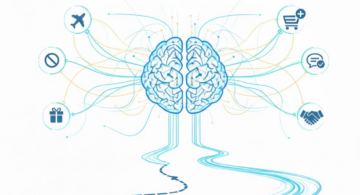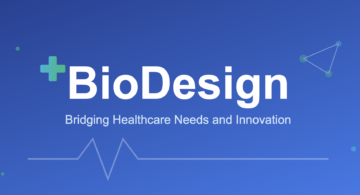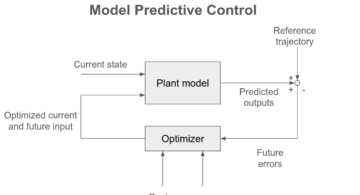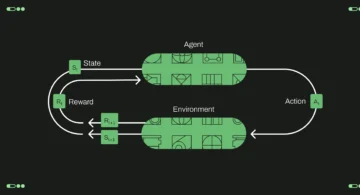Eyes, JAPAN
Creating Better Solutions with Human-Centered Design
Angelita
Introduction
In the era where technology evolves at a rapid speed, there is one principle that remains resolute, which is the need of technology to match human needs and behavior. In order to create such technology, there is a methodology called Human-Centered-Design (HCD). Human-Centered Design is a concept that rooted in empathy, problem-solving, and iterative refinement. It is a challenge for designers to take a deeper look from the user’s point of view, in order to clearly understand their needs, and then finally create an optimal solution for the problem.
Understanding Human-Centered Design
Human-Centered Design is an approach to problem-solving commonly used in process, product, service and system design, management, and engineering frameworks that develops solutions to problems by involving the human perspective in all steps of the problem-solving process. Human-centered design is not a new concept, but its significance has grown exponentially in recent years. In principle, HCD revolves around prioritizing people and their context. This pushes designers to understand the intricacies of human behavior, emotions, and motivations to create solutions that genuinely address their needs.
Principles of Human-Centered Design
- Focus on People and Context
A key concept of Human-Centered Design is the acknowledgment that design is not just about creating visually appealing products or services. It’s about understanding the people who will interact with them and the context in which they’ll be used. Designers are required to take a deep dive into the lives, experiences, and challenges of users to gain valuable insights that will greatly affects every aspect of the design process.
- Solve the Right Problems
One of the characteristics of Human-Centered Design is its emphasis on addressing the root causes of problems rather than just their symptoms. By taking the time to understand the underlying issues faced by users, designers can develop solutions that have a meaningful and lasting impact.
- Everything is A System
Another very important principle is the world is a complex web of interconnected systems. Since everything is connected, there is a need to deeply understand that one change can affects many things. Which is why, designers have to approach problems with a holistic mindset, which means that they need to understand that every decision they make can have far-reaching consequences. By considering the broader ecosystem in which their solutions exist, designers can create more sustainable and inclusive designs.
- Small and Simple Interventions
Human-Centered Design is inherently iterative, with a focus on continuous improvement through prototyping, testing, and refinement. Designers embrace experimentation and feedback loops to evolve their solutions over time, ensuring that they meet the evolving needs of users.
Embracing Empathy and Innovation in Design
One of the very important concepts in Human-Centered Design is empathy. It is the ability to understand and share the feelings of others. Technology designers must cultivate empathy to truly connect with their users and create solutions that resonate on a deeper level. By looking from the user’s point of view, we can discover insights that can certainly help us in creating relevant solutions for some ongoing problems in society.
Aside from that, innovation is also very important in creating relevant solutions We need to think outside the box in order to create solutions that not only meet the current needs of the users, but also able to continue doing so in the future, alongside the constant changes in our society. This is why creating a design that is human-centric requires a lot of effort in understanding about what we really need and the possible changes that might happen in the future.
The Impact of Human-Centered Design
The impact of Human-Centered Design extends far beyond simply creating the design. By creating solutions that are truly user-centric, we can improve people’s lives, foster inclusivity and accessibility, and drive positive social change. Whether it’s designing products, services, or experiences, HCD has the power to transform the way we interact with the world around us.
Human-centered design pushes us to solve the right problems, recognizing the interconnectedness of human and everything around us, and not rushing to solutions. It involves working with multidisciplinary teams and experts, and most importantly, it has to come from the people, promoting involvement of end-users throughout the development process, ensuring that we create solutions that are tailored to human needs, cultures, and societies.
Conclusions
By putting people at the center of the design process, we can create solutions that resonate deeply with users and make a meaningful difference in their lives. As the use of technology continues to grow, creating a new technology can be considered a step in shaping our future. And thus, it is crucial to create something that really embraces all our needs as the users of the technology. This way, we can ensure that what we created is really relevant and can help us in the future.




 2025/12/12
2025/12/12 2025/12/07
2025/12/07 2025/11/06
2025/11/06 2025/10/31
2025/10/31 2025/10/24
2025/10/24 2025/10/03
2025/10/03 2025/08/30
2025/08/30 2025/08/22
2025/08/22